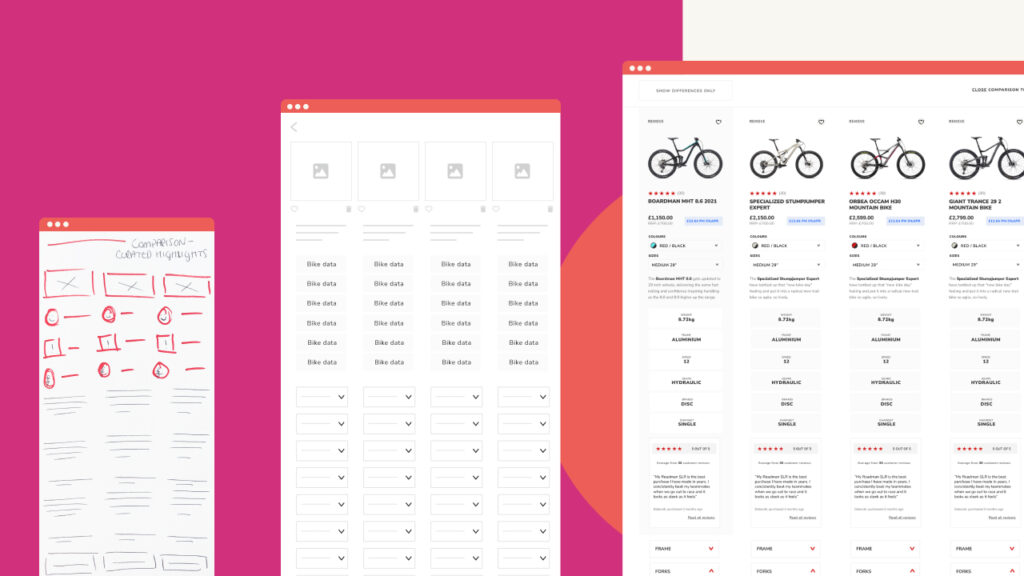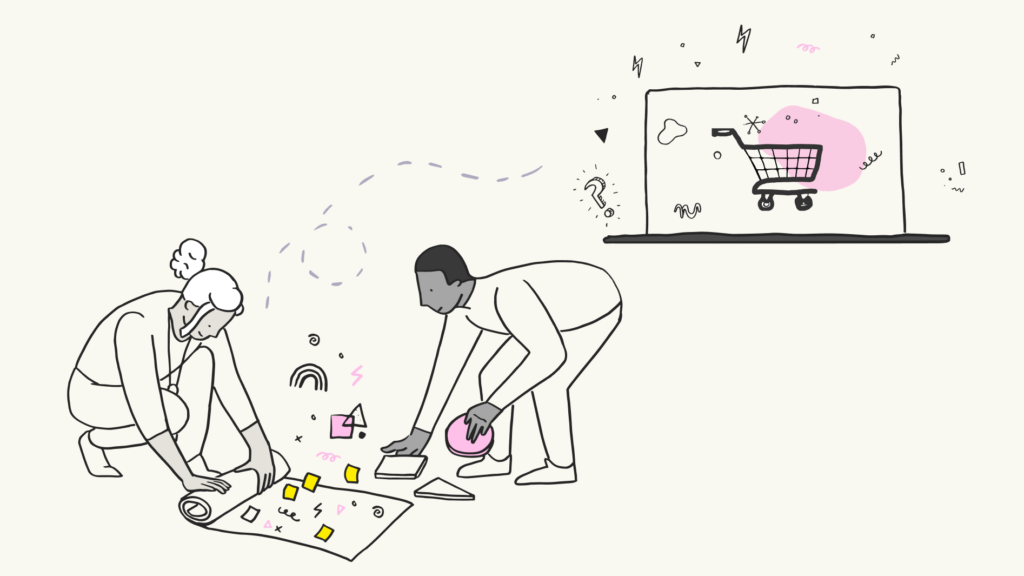In 2011, following our involvement with the Institute of Fundraising at their National Convention, we made a commitment to support the not-for-profit (NFP) sector to provide a more engaging donation experience. Nomensa’s CEO, Simon Norris set Nomensa the challenge of developing a donation framework that charities could implement that would allow them to connect with donors more deeply.
Below is an extract from our latest whitepaper, Creating the perfect donation experience. The report walks the reader through our research and demonstrates how to apply our Donation Framework to your website.

Figure 1: Nomensa’s charity donation framework
Motivating donors
Many potential donors will come to a charity’s website having seen an advert, having heard about the charity through word-of-mouth or through a personal connection with the charity’s cause.
These potential donors will already have strong feelings about the charity. However, we found that for many websites, the homepages and donation landing pages do not meet expectations which caused people to detour from the donation journey.
When a potential donor lands on the homepage, they need to understand very quickly what the charity does, how donations will be used and why there is an urgent need for support. The aim is to provide a first impression that reassures the donor, so that they believe donating to this charity is the right thing to do. The donor can then start to make the commitment to making a donation, namely clicking on a “Donate” button. (Note that this button or link should be very obvious and should stand out on the page).
Having gained the initial commitment from the potential donor (by getting them to click on a “Donate” link or button), the next step is to help that person engage more deeply with the donation process. Therefore, the donate landing page needs to work hard to make donations real and meaningful to the donor. Real examples and images will help donors to engage with the cause and understand how they can help. Potential donors are probably willing to spend a little longer on this page, but their next step should be clear and distractions should be removed.
Engage
It is during the engage stage that the potential donor becomes emotionally engaged with the charity. This can occur offline (for example, through a television advert or appeal) or online (through case studies, online videos or other content).
- Promote outcomes of the charity’s work
- Convey a sense of urgency
- Provide social proof
- Explain where the money goes
- Allow donors to choose how their donation will be used
- Balance content on the homepage for different audiences
Nudge
During the nudge stage of the journey the donor is tipped over into actually deciding to make a donation. This typically occurs on the “Donate” landing page and is supported by a range of subtle features, such as suggested amounts, imagery and wording. Messaging is important and should be consistent with other online and offline messages.
- Provide a clear next step for making a donation
- Promote regular giving
- Provide alternative ways to donate
- Include “trust” symbols and logos
Support
The donation process needs to be smooth, quick and easy for donors to complete. This will not only mean that more people will successfully complete it without abandoning their donation, but will also mean that it is actually an enjoyable process.
Providing an enjoyable donation experience has numerous benefits. These include the fact that people are more likely to recommend something that has been a positive experience and that donors who are in a more positive frame of mind at the end of the process are more likely to engage further with the charity.
- Provide a clear progress indicator
- Isolate the donation process
- Continue to provide motivation and reassurance
- Follow form design best practice
- Encourage Gift Aid sign-up
- Streamline the donation process
Reward
At first thought, the thank you page at the end of the online donation process may not seem to be that important. After all, the donor has given their money at this point. What difference does a nice thank you page make? The answer is: potentially a very big difference. Previous donors are more likely to make another donation to a charity than someone approached “cold”. Not only that, but repeat donors tend to give larger amounts than first-time donors.
Making the donor feel good about their donation will therefore have lasting effects, not only in terms of their future donations, but also in motivating them to “spread the word” and engage further with the charity, recruiting more people to get involved and widening the scope for donation.
- Encourage donors to “spread the word” on social media channels
- Reassure the donor that the transaction has been successful
- Encourage the donor to engage further with the charity
- Provide a prominent, personal thank you message
We drive commercial value for our clients by creating experiences that engage and delight the people they touch.
Email us:
hello@nomensa.com
Call us:
+44 (0) 117 929 7333




